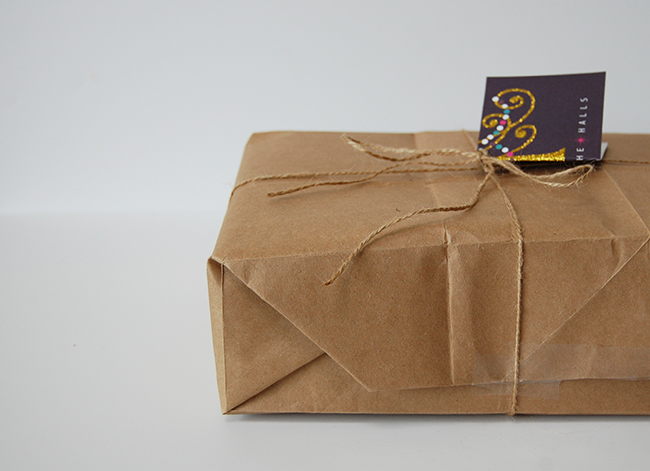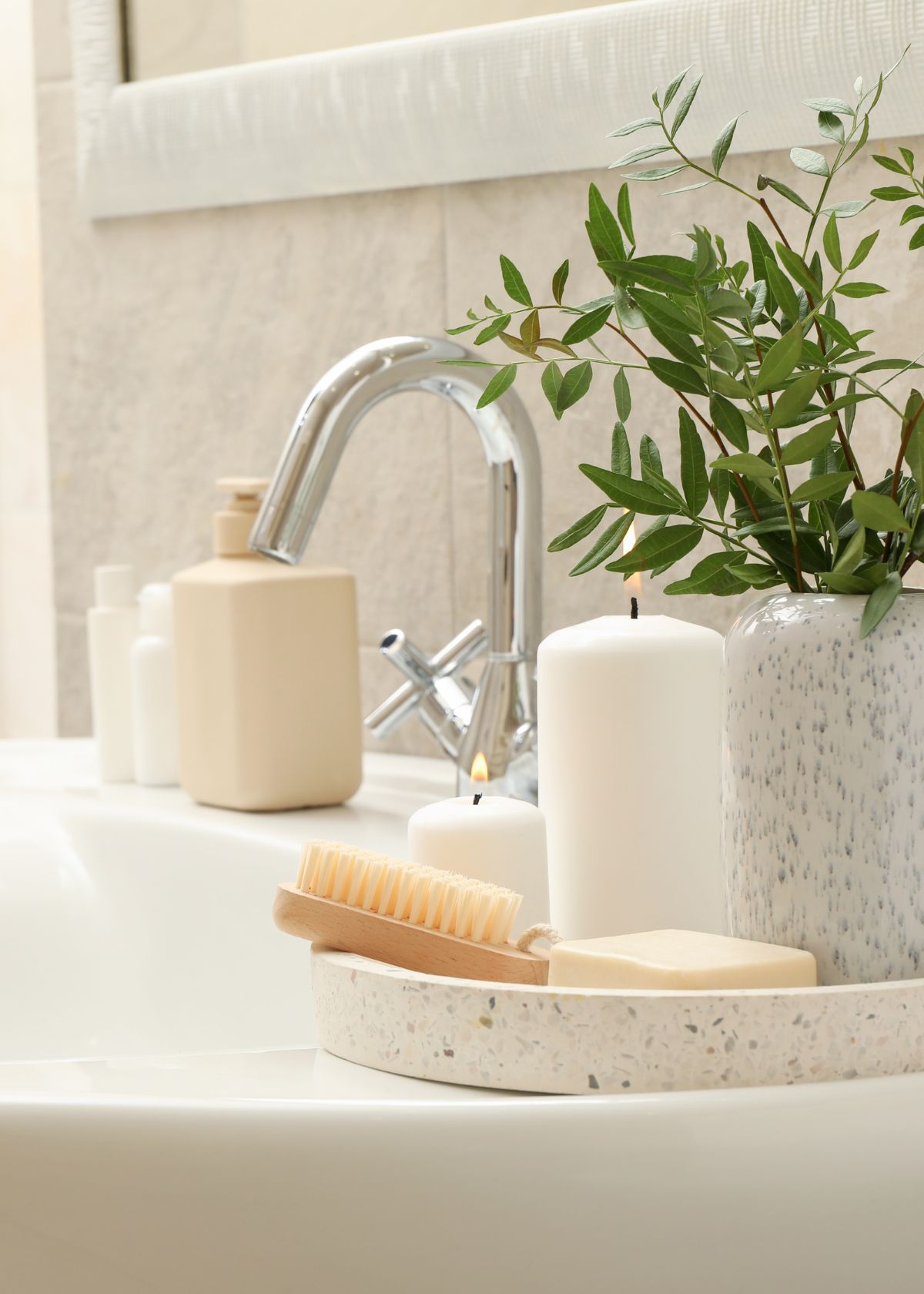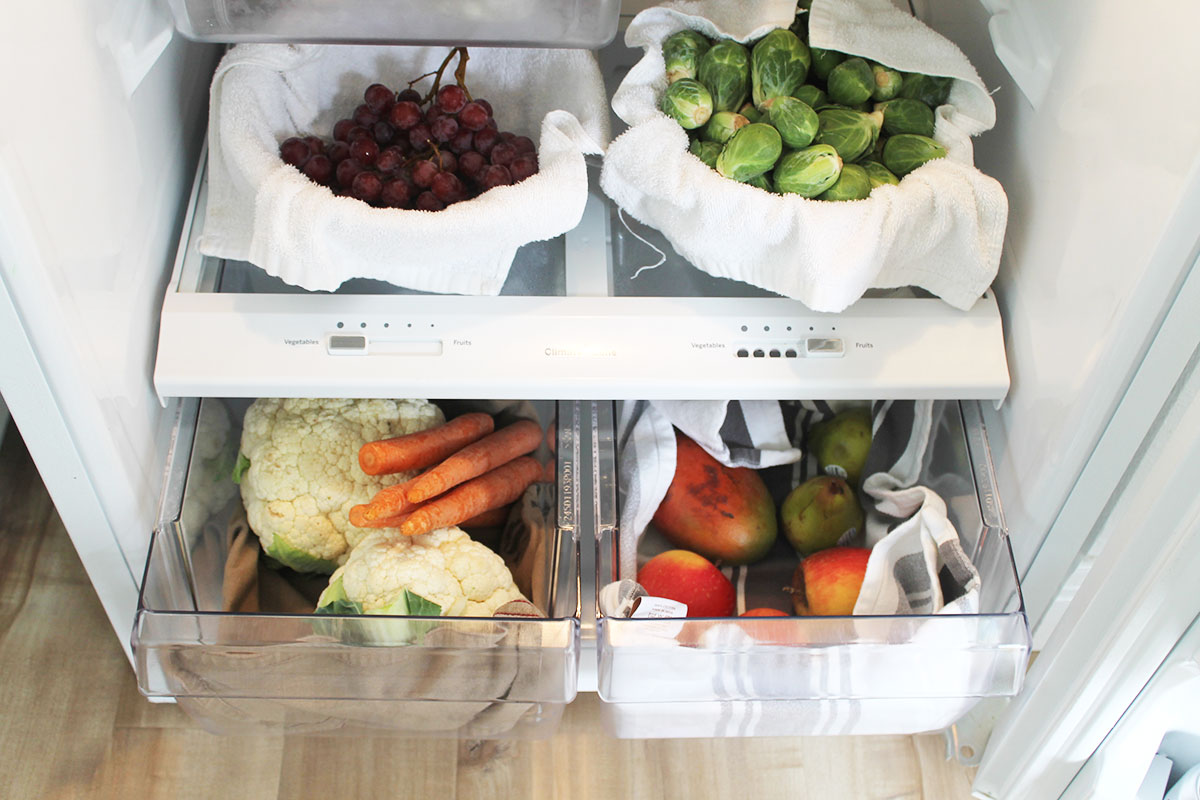Microfiber Cloths

I have always been under the impression that using a quality set (or sets) of microfiber cloths is a must for quality cleaning – I mean the facts are pretty convincing… microfiber cloths can absorb up to 8 times their own weight in liquid, are excellent at picking up dirt and grime – even without using traditional cleaners (just water!), and they eliminate paper towel waste.
Considering all of this, purchasing a few microfiber cleaning cloths seems like a no brainer, right? I thought so too until I did some microfiber research and was surprised by what I learned.
What is microfiber?
Most microfiber cloths are made from synthetic fibers (usually split conjugated fibers of polyester and polyamide) finer than a strand of silk (Wikipedia).
Why use microfiber?
The tiny spaces within microfiber are what allow these cloths to pick up dirt whereas cotton or other looser fiber cloths just push dirt around (especially if the dirt/grime isn’t properly dissolved by a cleaner first). This is also what makes microfiber so absorbent – it can absorb up to 8 times its weight in liquid! Awesome for soaking up big spills, drying off wet tile in the shower/tub/bathroom, or buffing and drying your car after a wash.
Additionally, microfiber cloths can be a more efficient (and waste-free!) replacement for paper towels – if you take good care of your microfiber cloths, they can replace hundreds of rolls of paper towels or other paper cleaning products. Because microfiber cloths are such efficient cleaning tools, they can also eliminate the need to use household cleaners. They do such a good job pickup up spills and dirt that often water is all you need (although if you want green alternatives to everyday cleaners I have you covered).
Ways to use microfiber
- Wipe down shower tile after each use to eliminate the need to clean as often!
- Use dry microfiber cloths for dusting surfaces
- Clean phone or laptop screens – wiping with a dry microfiber cloth will eliminate a majority of lingering bacteria
- Mirrors – you can clean with just water and microfiber cloth, no cleaner necessary!
- Dish cleaning and drying
- Mopping floors – I do this on hands and knees with a bucket of slightly soapy water, there really is no better way
- Drying and buffing your car
How to take care of your microfiber cloths
- Rinse and wring out in warm water during and immediately after use
- Launder w/ detergent but no softener
- Don’t mix microfiber with regular towels or other laundry – over time this will lessen the effectiveness of your cloths
- Air dry – heat can ruin the fibers
Microfiber and the environment
Now that I have convinced you that microfiber is the way to go when cleaning your home, this is the part where microfiber starts to lose its shine. Microfiber cloth is certainly a great tool for cleaning and eliminates the need for paper towels in the home, but its positive environmental impact just might end there.
Microfiber and landfills
Microfiber cloth is made from petrochemicals (crude oil) and natural gas (AFPM) – non-renewable resources. Additionally, the resulting product is neither biodegradable or easily recycled. If microfiber is burned it will create toxic smoke, so if you throw your microfiber cloths out they will most definitely end up in a landfill.
One small consolation is that no pesticides are used to create synthetic microfiber. Plus polypropylene fibers are “dope dyed,” a process that doesn’t use any water whereas dying cotton fiber can contaminate thousands of liters of water (Wikipedia).
Microfiber and the ocean
Another environmental concern is that recent studies have shown that washing synthetic microfiber directly contributes to microplastic pollution in our water supply. Each time we wash microfiber material, microplastics are leached from the material into our oceans. This is a concern because there is scientific evidence of microplastic materials in marine life. What’s even more concerning is the scientific evidence of microplastics traveling up the food chain, transferring pollutants to larger marine animals (Bren School of Environmental Science).
What does that mean for us? While the studies show that microplastics can travel up the food chain, the toxicological effects are still not entirely understood. Regardless of which way you look at it, plastic is not a natural part of any healthy diet – marine animal or otherwise!
One last detail to note, microfiber from fleece blankets and clothing is likely a much bigger culprit of this type of pollution than cleaning cloths (The Guardian), and the cheaper the quality, the higher the level of pollution. Regardless of this fact, neither source is innocent!
Microfiber, to use or not to use?
I’m still a little undecided here. I love the cleaning power of microfiber but the negative environmental impacts make their purchase difficult to justify.
PROS:
- Effective cleaning
- Elimination of paper towel waste
- No pesticide use or water contamination from color dyes
CONS:
- Created from non-renewable resources
- Not biodegradable or easily recycled
- When washed it releases microplastic pollutants into our water supply
Luckily I am not the only one concerned about the impacts that microfiber has on our environment, Patagonia is too. If you choose to use microfiber cleaning cloths (or microfiber clothing items!) they have a few best practice suggestions:
- The first is obvious: buy only what you need, buy the highest quality you can afford, and make it last with quality care.
- Another tip is to invest in a front load washing machine – these usually require less water and were proven to release less pollutants into the water than top load washers (learn how to clean and care for your front load washer).
- The last tip was to use a filter bag. I haven’t used these so I can’t speak to how clean your cloths can get when washed in a filter bag but would be worth a try!
Where to buy quality microfiber cloths?
After doing some research, I think that one of the most reputable brands has to be Norwex. There are so many positive reviews about their high quality cloths, plus they offer a recycling program for when your cloths are no longer useable (likely after many years of use based on the rave reviews).
They aren’t the most affordable option (I believe places like Costco sell multi-packs of cheaper quality versions), but when I remind myself that cheaper quality microfiber will lead to higher levels of pollution and will likely not last as long, I can easily justify spending a few extra dollars for the best product.







How do I dispose of microfiber cloth?
I would search for textile recycling programs near you! Most municipal waste/recycling programs won’t accept microfiber cloths in a regular recycle bin, so try to find a program specializing in textiles if possible.
Hi. When I clean with rags instead of paper towels, what can I do with my rags til I have enough to justify running my washer? If I don’t let them dry they will get moldy. If I hang them up to dry before I’ve washed them they dirty whatever they touch. Thank you so much for any guidance you can offer!
Hi Tammy! I let my dirty towels dry before putting them into a small laundry bin under my sink. Once that fills up with dirty kitchen towels then I know it’s time to run a load of laundry. Because I almost exclusively clean my house with cloths, I usually dirty 2 or more per day. I have enough to run a load of kitchen towels once a week!